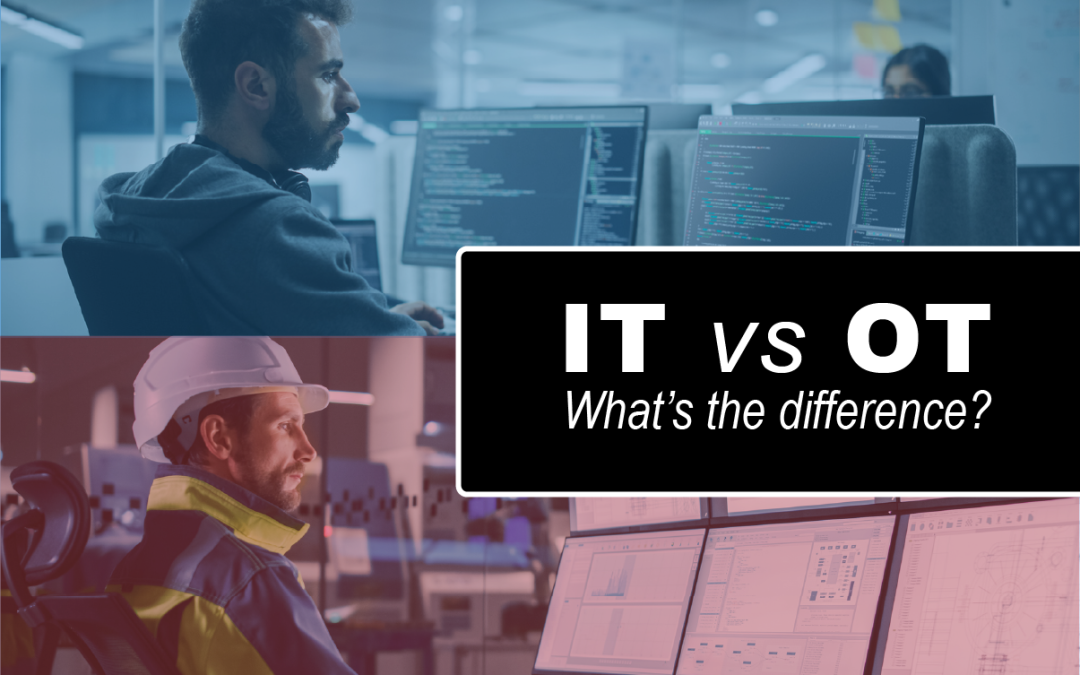Information Technology (IT) and Operations Technology (OT) are two distinct yet interconnected fields that play critical roles in modern organizations. IT deals with the use of technology to support business processes, while OT focuses on the use of technology to control and monitor industrial and commercial processes in facilities. By looking at IT vs OT systems, it’s easy to identify their major differences.
What are IT Systems?
IT systems are primarily used to support business processes, such as data storage, processing, and communication. These systems include things like enterprise resource planning (ERP) systems, customer relationship management (CRM) systems, and enterprise-wide networks. They are responsible for maintaining the flow of data within an organization, and provide important services such as email, file storage, and data analysis. IT systems are also responsible for maintaining the security of an organization’s data, including firewalls, intrusion detection systems, and encryption.
What are OT Systems?
OT systems, on the other hand, are used to control and monitor industrial processes. These systems include things like programmable logic controllers (PLCs), distributed control systems (DCSs), and supervisory control and data acquisition (SCADA) systems. They are responsible for controlling and monitoring the physical processes within an organization, such as manufacturing processes, power generation, and water treatment. OT systems are designed to operate in real-time and are often required to operate 24/7.
When we look at IT vs OT systems, trends show they are increasingly being integrated to improve the overall efficiency of companies and facilities. For example, a building owner might use data from an OT system to optimize their HVAC systems, or an energy company might use data from an IT system to identify and respond to potential power outages.

Network Security
One of the major differences between IT and OT is in the level of security required. IT systems are typically more connected to the internet; hence they are more exposed to cyber threats. These systems need to comply with industry-specific standards like the Payment Card Industry Data Security Standard (PCI-DSS), HIPAA and SOC2. Organizations need to maintain regular backups, have intrusion detection and prevention systems, as well as have strong and regularly updated access controls in place.
OT systems on the other hand, are typically more isolated from the internet and have fewer connections to external networks. These systems need to comply with standards like IEC 62443 which are specific to industrial environments. Because of the real-time nature of their operations, organizations need to have redundancy in place and maintain backups that can be restored within minutes, have detailed incident response plans, as well as maintain physical security of the systems.
Conclusion
IT and OT systems play critical roles in modern organizations, with IT systems primarily focused on supporting business processes and OT systems focused on controlling and monitoring industrial processes. The two fields are becoming increasingly integrated, with organizations leveraging data from both types of systems to improve overall efficiency. However, they are also vastly different in terms of the level of security required, with IT systems being more exposed to cyber threats, and OT systems being more isolated and needing to comply with industrial specific standards.

